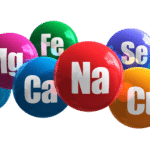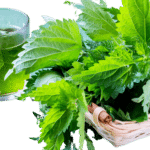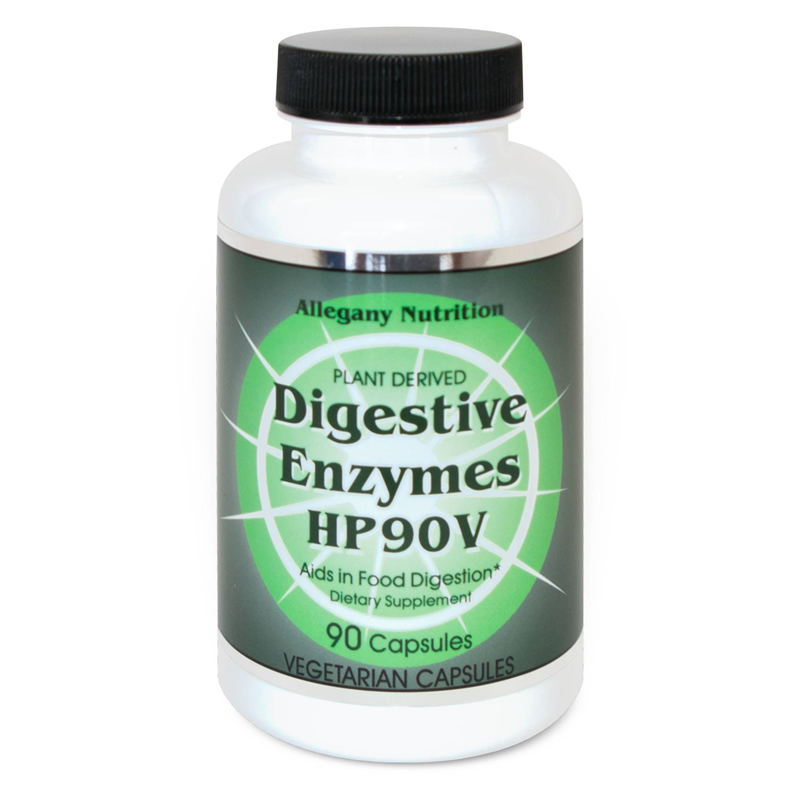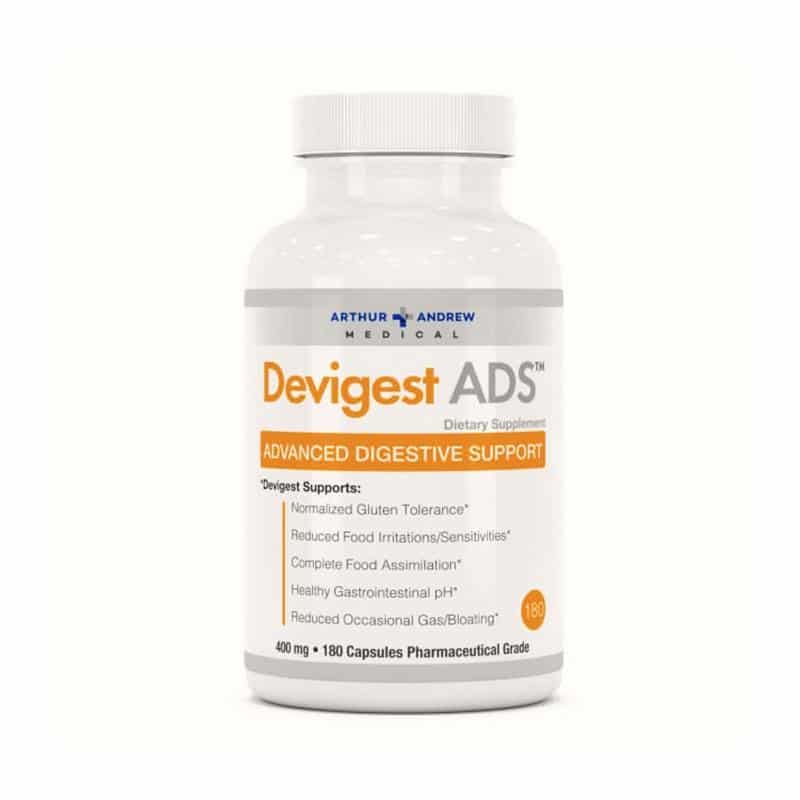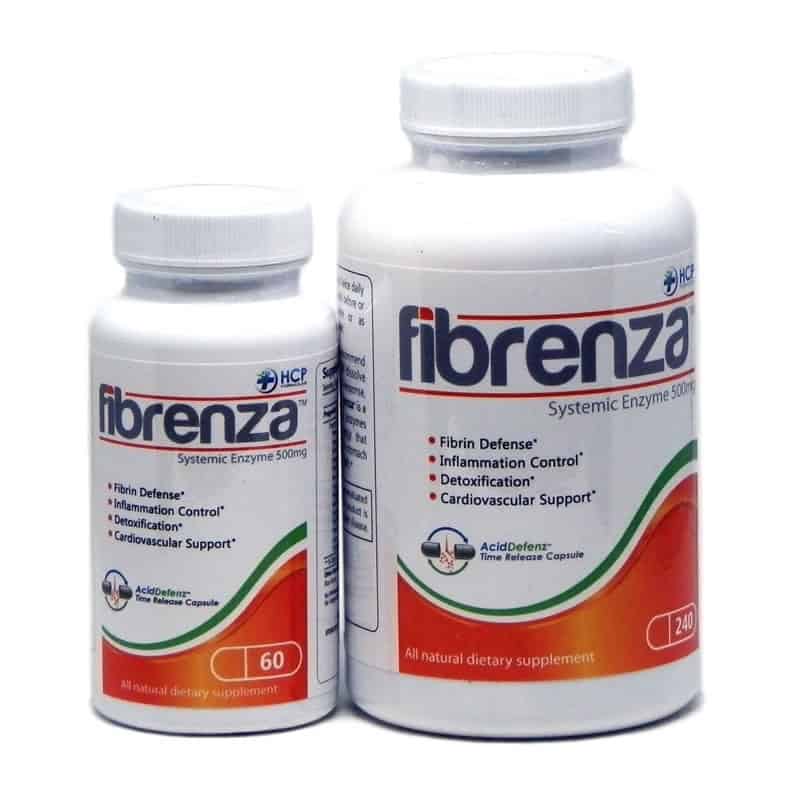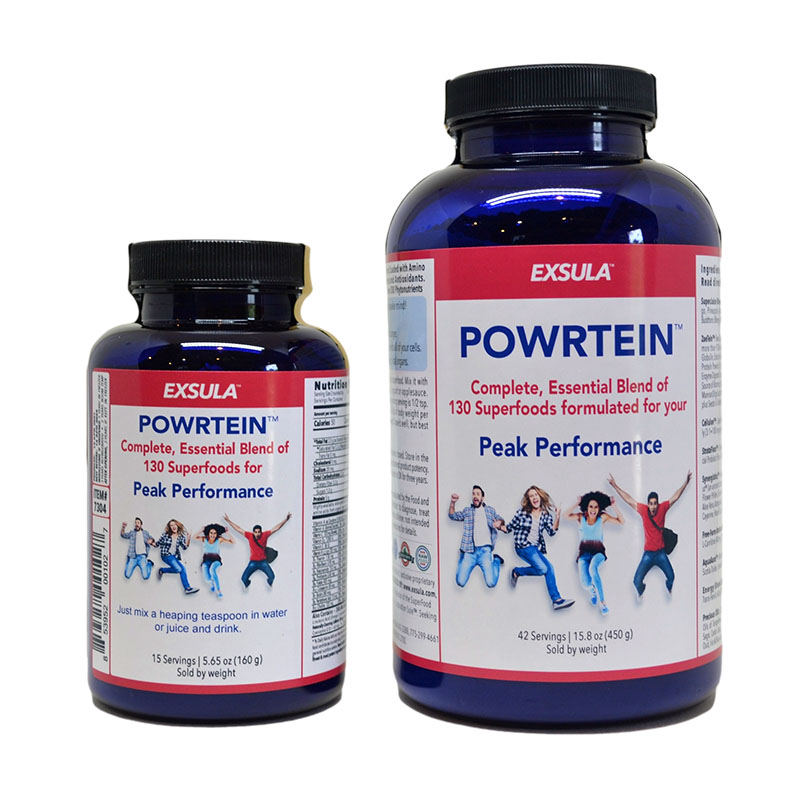No products in the cart.
Apple Cider Vinegar
We all know the saying an apple a day keeps the doctor away, right? While the saying does not literally promise that a daily apple will forever keep you out of the doctor’s office, we understand the hidden message behind it: real food is the way to go. Consuming food in the most natural form possible comes with great health benefits. Some people might argue that man made vinegar, sold in a glass bottle with a bright colored label couldn’t be further away from the natural state of an apple, but we are living in a modern world where convenience sometimes has to come first, especially when we know the processed form comes with such significant benefits!
Apple cider vinegar is a wonderful tool; it serves as a multi-purpose elixir and a remedy that was known and used even back in the times of Hippocrates. Vinegar in general is not too far from real food actually. It is a product of fermentation, a process that happens in carbohydrate rich foods when bacteria feed on sugar to create alcohol, and if you let that process continue even longer, alcohol is turned into vinegar. Just like fermented foods such as sauerkraut, kimchi, or kombucha, vinegar has probiotic benefits. You can read about all the benefits of fermented foods in the post we made not that long ago, but I think apple cider vinegar with all the positive effects it has on the body deserves more attention.
HOW ITS MADE
Crushed apples (or just scraps you usually throw away like peels and cores) are pressed to extract the liquid, colonized with bacteria and yeast, and fermented twice to create apple cider vinegar (ACV). When you purchase high quality, raw, organic, and unfiltered ACV, it usually comes with a blob of friendly bacteria at the bottom this is called the mother and it also looks cloudy in the bottle. Industrially made ACV is sold as a clear, bright amber colored liquid without the mother bacteria in it, because after the fermentation process, it is pasteurized to kill those bacteria. Why? Its a simple marketing trick it looks prettier in the bottle.
Lets be honest, we all usually try to pick the nicest looking apple or tomato, even though we realize that the slightly uglier one has the same taste and vitamin content. We usually don’t touch things before we look at them, right? Our vision is the first sense that is used in contact with the world. Cloudy, muddy water with some dirt floating around is not as appealing as a crystal clear glass of water that screams drink me! I am so refreshing! That is a natural thought process and in fact can save us from drinking dirty, polluted water, but with ACV, we really want that ugly, murky bit.
The mother bacteria colony is what gives ACV the probiotic properties that are killed during the industrial preparation and pasteurization of vinegar. Manufacturers also use mechanical oxygenation to speed up the fermentation process, and there may also be colorings added to the product, like caramel for a brighter color or sulfites as preservatives. Traditionally made apple cider vinegar has none of these additives, and if you really want to be sure to get the best quality, you can easily make your own at home!
BENEFITS OF DRINKING ACV
Acetic acid is what makes apple cider vinegar taste so sour and smell funky, and it is also a very important component of the vinegar. Acetic acid as a byproduct of fermentation is able to change the pH of the body, which may be helpful for some people with specific digestive issues. It was proven tohelp with weight loss and also to reduce cholesterol, though this study was only formally performed with rats so far. Rodent studies showed some positive data indicating an anticancer effect and improvement of heart health. Even though ACV has been used for many years now, scientific studies have not been done in humans to back up the anecdotal evidence, but that doesn’t mean the evidence of experience (dating back to Hippocrates) is not real.
Probably the most known use of ACV is as a remedy for digestive issues, such as acid reflux and heartburn. Gastroesophageal reflux disease (GERD) can be relieved by ACV intake. Those who suffer with acid reflux are also recommended not to drink too much water during their meals so they do not water down their stomach acid. This may sound like a contradiction to popular recommendations, but to quote Chris Kresser on this issue: Heartburn and GERD are not caused by too much stomach acid. They are caused by too little stomach acid and bacterial overgrowth in the stomach and intestines. Therefore successful treatment is based on restoring adequate stomach acid production and eliminating bacterial overgrowth. GERD can also be a sign of undiagnosed Celiac Disease or other food allergies, so take note of what you’ve eaten just before you experience these symptoms, and follow up with your practitioners if needed. It should also be noted that if your respond to ACV with flushing, hives, itching, bloating, or other symptoms associated with allergies that you may want to consider the possibility of Histamine Intolerance or Mast Cell Activation Disease.
Drinking water with ACV is an effective way to eliminate acid reflux symptoms, soothe your digestive system, and even help you digest starch, which prevents gas and bloating. Just start with one teaspoon of ACV in a glass of water on an empty stomach before your meal. Don’t ever drink vinegar undiluted it might be too aggressive on not only your digestive system, but also your teeth. Many people recommend drinking the ACV water with a straw to prevent the contact of acetic acid with your tooth enamel. ACV can also be used to kill some pathogenic bacteria in the body, fight candida, and generally help with yeast overgrowth.
TOPICAL USE
Apple cider vinegar with all of its beneficial components is very often used as a natural skin care remedy. For example, it is very effective against dandruff as it balances out the pH of the scalp, helps remove product buildup, and promotes shinier, healthier hair. Just dilute a tablespoon of ACV in warm water, rinse the hair with this mixture after shampooing (a squeeze bottle of some kind will make this easier), and rinse it out with water. Apple cider vinegar is an excellent face toner and acne treatment that does not dry out the skin like most acne remedies do. Very often we believe that acne is the result of oily skin, and many conventional acne treatments tend to reduce the natural oil production of the skin. Stripping the naturally produced oil from our skin breaks the protective layer of natural moisture, and to compensate for this, our skin starts producing even more oil. While it is true that too much oil sitting on top of the skin makes you more prone to acne, as pores can get clogged and infected more easily, it is more effective to support your body in maintaining its intended oil barrier than to play the game of daily stripping and artificially moisturizing the skin.
Apple cider vinegar can be applied directly to the skin as a spot treatment, all over the face and neck as a pH balancing toner with antibacterial properties, or it can be added to bathwater along with some essential oils for those of you who aren’t fond of the smell (lavender works great here). I keep a glass bottle with a spray lid in my fridge with a 50/50 mixture of water and ACV with a few drops of lavender oil and use it as a toner after cleansing my face. The smell is gone once it dries, trust me. For sensitive skin, the 50/50 ratio might be too much, so start with one part vinegar and three parts water. For more oily skin, the higher ratio of ACV works better. Don’t use undiluted ACV on your skin though, it may be too harsh even if you don’t have sensitive skin.
Bug bites and sunburn can also both be treated with an apple cider vinegar solution! Other lesser known uses include treating nail fungus, jellyfish sting relief, easing constipation, helping to stop hiccups, soothing rashes and eczema, disinfecting wounds the list goes on, and even though there are no scientific documents to prove these claims, personal experiences have their own strong value.
IN THE KITCHEN
You don’t have to just drink ACV with water to get your daily dose. Make apple cider vinegar your kitchen staple and use it like you would any other vinegar, for example in salad dressings and vinaigrettes, or marinades. Adding apple cider vinegar to other ingredients while making bone broth helps to release all the minerals and collagen from the bones. ACV is also an excellent leavener in baked goods when combined with baking soda. In our kitchen, we use apple cider vinegar to soak our produce in for 5 minutes to remove mold, parasites, and bacteria from our fruit and veggies, as well as pesticide residue we really don’t want to consume. We learned this trick here. I also clean my cutting boards and kitchen counter with an apple cider vinegar and water solution and from time to time use it to remove the limescale from the inside of our kettle. Check out this amazing list of uses for ACV in your home some of them might surprise you!
There are so many reason why you should keep a bottle of apple cider vinegar in your pantry at all times! It is very inexpensive and very multi-purpose. Try ACV yourself and experiment with it; buy a raw and organic brand like Braggs or have fun with making your own! You don’t have to throw away apple cores keep them and turn the waste into something wonderful!
Miracle Home Remedy: Apple Cider Vinegar, Honey, Garlic
The following simple remedy is great for healing many diseases and aches or pains with a simple daily 2 teaspoon dose. Try it for any of your common ailments
Effective with:
Muscle or joint aches, Alzheimer’s disease, arthritis, asthma, high blood pressure, hemorrhoids, infertility and impotence, toothaches, fewer colds and infectious diseases, obesity (a powerful fat destroyer and weight reducer), ulcers, reduces high blood pressure and cholesterol, reduced risks of breast, blocks agents of cancer of the breast – colon – esophagus – skin – stomach and stimulates the immune system.
Basic Recipe
Here’s how to make your own miracle medicine…
Put the following in a blender:
- 1 cup apple cider vinegar
- 1 cup honey
- 8 cloves garlic
Mix on high speed for 60 seconds. Pour mixture into another glass container. Seal and leave in the refrigerator for five days. Normal dosage is two teaspoons (10 ml) in a glass of water or fruit juice, grape or orange juice, best before breakfast.
Top doctors have revealed that the combination of garlic, vinegar and honey is a wonder drug that can cure everything from cancer to arthritis. Amazing studies from respected universities around the world prove the miracle home remedy that costs just pennies a day to make, is a super way to fight just about any affliction. Experts have verified that this health-restoring trio of garlic, vinegar and honey can wipe out both common and uncommon ailments.
In a study of arthritis victims Dr. Angus Peters of University of Edinburgh’s Arthritis Research Institute found a daily dose of vinegar and honey reduced pains by 90%. A daily dose of garlic and vinegar has proved to be a powerful fat destroyer and weight reducer, according to Dr. Raymond Fish of London’s famous Obesity Research Center.
The prestigious British Medical journal Lancet reported that cholesterol levels plunged on average from 237.4 to 221.4 after volunteers consumed 50 grams of garlic and four ounces of butter. The study proved the dangers associated with high fat foods can be neutralized by adding garlic to your diet. A study of 261 adults patients by the German Association of General Practitioners that serum cholesterol and triglyceride level factors associated with the risk of heart disease are significantly reduced by regular use of garlic in the diet.
Studies at Houston’s MD Anderson Cancer Institute in Houston, the Pennsylvania State University and GCLA support earlier evidence that certain ingredients in garlic block agents the cancer of breast, colon, esophagus and skin. The National Cancer Institute found in a study of 1,000 people that eating a lot of garlic is linked to a reduced risk of stomach cancer. Dr. Etik Block of the State University of New York at Albany has discovered garlic unleashes at least 100 sulphur-producing components, all of which are powerful medicines.
There appears to be little doubt that this astounding remedy of garlic, vinegar and honey can extend life by protecting the user from many proven killers. Dr. Hen Lee Tso writes in China’s respected Journal of Natural Medicines. Patients given this miracle drink before breakfast showed a remarkable reduction in high blood pressure and cholesterol in less than a week. Ralim nutritionist Emlio Stelfani adds, years of scientific investigation by experts around the world have proven beyond a doubt that garlic, vinegar and honey are nature’s magic potion. The three powerful ingredients are available everywhere and they cost only pennies a day.
Considering all that these natural substances can do for human health, it’s amazing they are not more widely used. Dr. Jack Soltanoff a nutritional expert from New York praises the benefits of apple cider vinegar. He’s recorded remarkable success stories involving arthritis sufferers. I have seen many arthritis patients start to loosen up at once, says Dr. Soltanoff. Some even call it (apple cider vinegar) a natural arthritis tonic that frees them from stiffness, pain and throbbing aches.
Within just a few weeks, most pain wrecked arthritis patients can perform normal activities because of this simple tonic. Boxing legend Mohammed Ali reportedly takes a daily dose of garlic, vinegar and honey to light the symptoms of Parkinson’s disease and many other athletes use it to gain competitive edge.
Dr. Tso is sweet on the powers of honey. Honey has been described as the perfect food notes the respected researcher. It contains at least 31 nutrients, 13 minerals, the components part of nine vitamins, six acids and four key enzymes. Patients, who took the additional vinegar and honey drink daily, were more vigorous, had fewer colds or infectious diseases and in general were healthier than those who didn’t. There’s no question that this astounding elixir can extend life by protecting you from many proved killers.
Honey not only makes your daily dose taste better. The sweet stuff also aids in your body’s ability to absorb the medical properties of the powerful ingredients. Garlic provides a storehouse of vitamins and minerals, but what excites researches most is growing evidence that allicin an enzyme present in large amount in garlic stimulates the immune system.
Apple Cider Vinegar Uses
Vinegar made from apples is known as Apple Cider Vinegar. It contains malic acid (C4H6O6), which is natural organic constituent of apples and is an element involved in the digestive processes. One of the great virtues of Apple Cider Vinegar is its extraordinary potassium content, an element so necessary for building and storing body reserves and to help the system to achieve harmony and calm. This potassium readily associates with some of the most important elements in the body, such as calcium, sodium, iron, magnesium, chlorine, silicon.
Alleviates potassium deficiencies for the following ailments:
- loss of mental alertness, memory failure, senility
- easy tiring both mentally and physically
- chronic fatigue
- bone and muscle aches and pains, especially lower back
- dizziness
- dull headaches
- dull faded looking hair, itchy and dry scalp, dandruff, premature hair thinning or balding, unmanageable hair
- itchy eyes, sore eyes, bloodshot eyes, eyes that do not focus
- easily irritable, impatience, nervous, depressed
- muscle fatigue
- chilled hands and feet.
Help or Cure for Other Conditions:
- overweight
- removing toxic waste from the body, body purification, colon cleanse, detox (good body deodorant)
- nervousness, anxiety, stress, strain, tension, emotional problems
- migraines
- sore throat and laryngitis,
- skin problems (sunburns, cold sores and genital sores, shingles and chicken pox, poison ivy and oak, minor cuts and abrasions, hives, oily skin, windburn, chapping, insect stings, bites, acne, fungus, hemorrhoids, rectal itching, thrush, athlete’s foot, eczema, diaper rash, corns and calluses, warts)
- varicose veins
- virus, yeast (douche), ear infections
- arrhythmia, heart strengthening, removes artery plaque
- digestion
- kidney and bladder problems
- gallstones
- prostate
- arthritis
- nosebleeds
- constipation
- stiffness, acid crystals in joints
- blood thinner both humans and animals
- normalizes blood pressure
- relieves muscle cramps
- asthma
- eye wash
- household (room cleaner, mold, household aid, nontoxic pesticide, preserves cut flowers, dissolves old decals, window cleaner and frost free windows, kills unwanted grass and weeds, cleans paint brushes).
Vinegar made by the process of fermentation of wine contains an average of from 3% to 9% Acetic Acid, and usually some Tartaric Acid in addition. Acetic Acid in Vinegar has been known to be a contributing factor in causing hardening of the liver (cirrhosis of the liver), duodenal and other intestinal ulcers. Apple Cider Vinegar, on the other hand, contains malic acid, a constructive acid which combines with alkaline elements and minerals in the body to produce energy or to be stored in the system as glycogen for future use. It has proved to be of immeasurable value when used judiciously by humans and for animals.
Space does not permit the publishing of the vast field of beneficial results obtained. For example, how it helps in the coagulation of blood in establishing a normal menstrual flow, and contributes to healthy blood vessels, veins and arteries, and in the building of red blood. It is important, when choosing Apple Cider Vinegar, to consider its source, in order to be sure that it is made from whole apples and not the kind that is cheaply made just from apple cores and peelings. Used judiciously, Apple Cider Vinegar is an indispensable item for the kitchen cupboard. Its antiseptic qualities are almost beyond belief. Many victims of skin blemishes, even of the contagious type, have been helped by the application of Apple Cider Vinegar directly on the skin.
In Scotland it used to be, and perhaps still is a common practice to shrink varicose and “bulging” veins by the application of Apple Cider Vinegar on the skin to the whole length of the veins, morning and night, for a month or so, and at the same time drinking daily two or three glasses of water with two teaspoons of Apple Cider Vinegar in each glass. And it worked!
Your LIFE is manifested in the condition of your blood which is generated in the marrow of your bones, activated through your spleen and circulated through your blood vessels. It is a natural, systematic process that causes the blood stream to be completely re-created every period of 28 days and unless the balance is maintained between the creation of new blood cells while the old blood cells complete their cycle, health cannot be maintained and one’s efficiency is impaired.
In the maintenance of balance in the body competence, no single class of nourishment has proved as effective as the fresh-raw vegetable and fruit juices. Likewise, no single means to help obtain the quick re-establishment of such balance has proved to be as efficacious as pure Apple Cider Vinegar. Excessive bleeding in menstrual cycles, bleeding hemorrhoids, nose bleeding, cuts, etc., have been wonderfully helped by drinking two teaspoons of Apple Cider Vinegar in a glass of water daily, and two or three times a day if necessary.
When there is a deficiency of hydrochloric acid in the digestive system which results in the failure of the system to properly digest proteins, giving rise to high blood pressure, Apple Cider Vinegar has been used, one to three teaspoons in a glass of water during the meal, with a consequent perceptible lowering of the blood pressure.
(Fresh Vegetable and Fruit Juices by Norman Walker, pages 72, 73)

